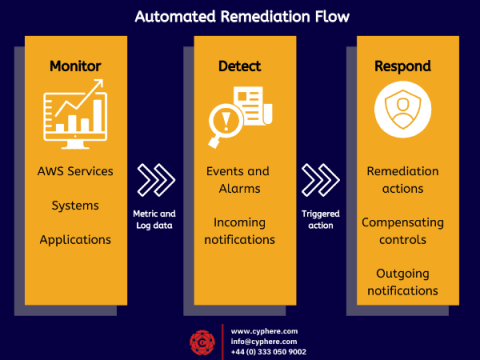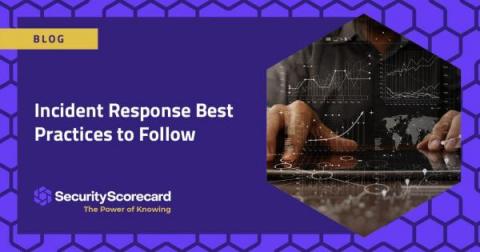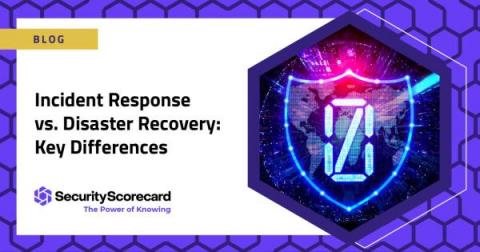SMB Guide to Cloud Security
Like their larger counterparts, small- and medium-sized businesses (SMBs) are moving swiftly to migrate IT workloads to the cloud, hoping to slash operating costs, eliminate technical debt, and accelerate digital transformation projects. However, cloud migration security risks are often poorly understood at the outset or overlooked entirely.











